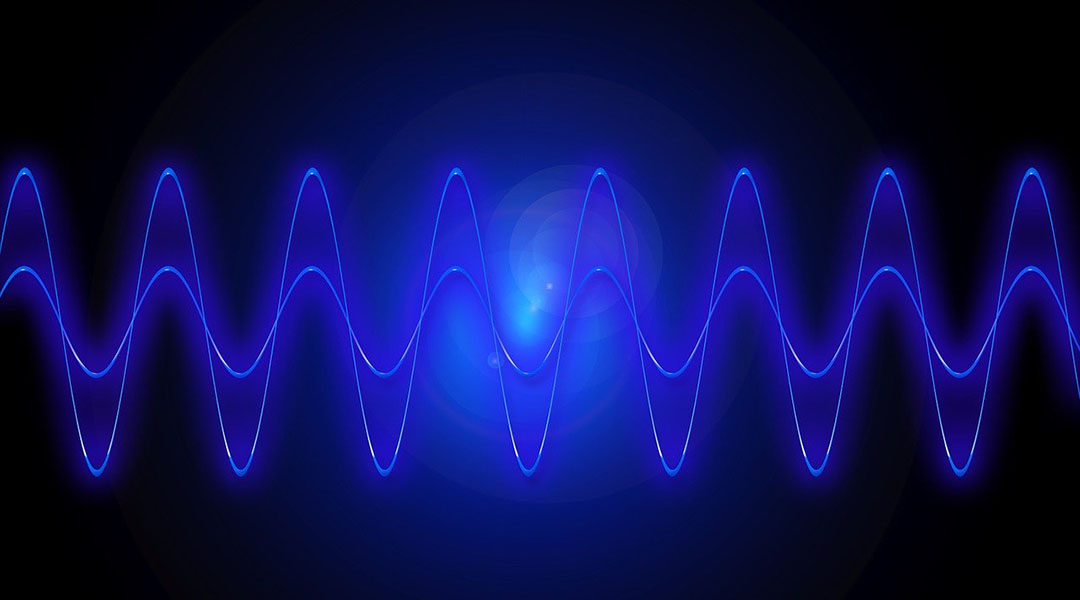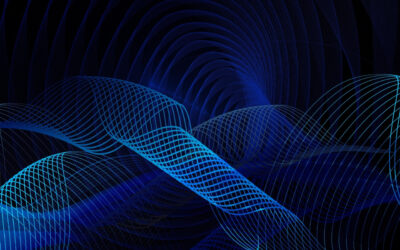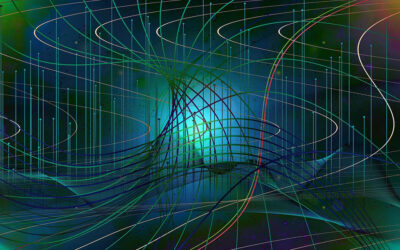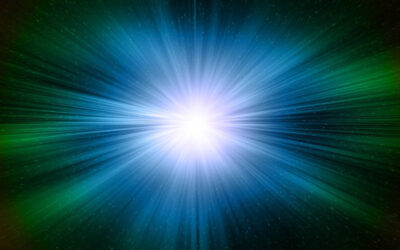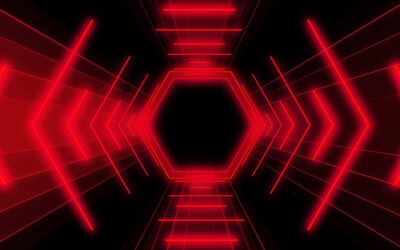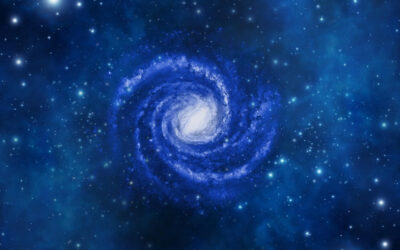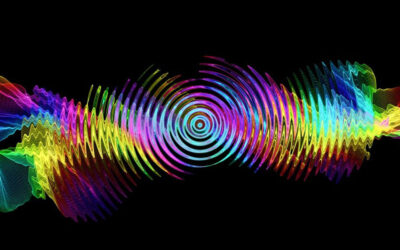Scientists are proposing a new approach to identifying the quantum effects that may be present in gravity — an enduring challenge in fundamental physics.
Unifying quantum mechanics and gravity — predicted by Einstein’s theory of general relativity — could lead to a complete understanding of the laws governing the Universe at all scales, making this one of the most sought-after goals in modern science.
In their study published in Physical Review Letters, the team propose using two gravitationally coupled pendulums to investigate whether gravity follows classical or quantum principles, a fundamental question that remains surprisingly unresolved despite decades of research.
“Immense effort has been made to understand the behavior of quantized general relativity and construct a complete theory of quantum gravity, which resulted in the construction of string theory as one of the byproducts,” explained Serhii Kryhin, a doctoral candidate at Harvard University, in a press release. “If experimentally proven that gravity is classical, we will have to start from the beginning in a search for a satisfactory ontological picture of the world.”
The challenge of studying quantum gravity
Einstein’s theory of general relativity, formulated in 1915, has been highly successful in explaining large-scale cosmic phenomena, from the dynamics of black holes to the expansion of the Universe. However, integrating quantum effects into this framework remains an unresolved challenge, primarily due to the enormous difficulties in designing experiments to probe these effects.
These challenges arise because even our current incomplete understanding of quantum gravity, based on advancements in both general relativity and quantum mechanics, is enough to conclude that traditional methods for probing quantum effects in gravitational interactions — such as using particle accelerators like CERN’s Large Hadron Collider — would require accelerating particles to the so-called Planck energy, which is roughly 15 orders of magnitude higher than what we can currently achieve.
Faced with these obstacles, Kryhin and Vivishek Sudhir of the Massachusetts Institute of Technology (MIT) sought to develop a more practical experimental approach that does not require accelerator sizes on the scale of galaxies.
Pendulums as probes of quantum gravity
To determine whether gravity behaves quantum mechanically or classically, the researchers first developed a mathematical model describing how two quantum objects interact through a classical gravitational field. If the model’s predictions matched experimental results, it would suggest that gravity is classical. If not, it would indicate a quantum nature.
To test their theoretical model, the team considered the following: if gravity is indeed a classical interaction, it should not induce entanglement between two interacting quantum objects, since entanglement is a purely quantum phenomenon. The calculations based on their model confirmed this expectation, lending credibility to their approach — a crucial step toward designing an experimental test.
With the theoretical groundwork in place, the team then sought the simplest physical system where differences between classical and quantum gravity would be most apparent. They identified a pair of gravitationally interacting oscillators — specifically, pendulums — as the ideal test case.
By examining fluctuations in the pendulums’ positions, which naturally occur due to quantum effects, they found that the magnitude of these fluctuations depends on whether gravity is classical or quantum, paving the way for experimental tests.
“From a practical perspective, the main difference between quantum and classical gravity fluctuations comes in the magnitude,” said Kryhin. “Being relativistic effects, quantum fluctuations are notoriously weak and thus incredibly challenging to measure.”
“On the other hand, classical fluctuations, if they exist and have to remain consistent with everything else we know, appear to be much larger,” added Sudhir.
However, the team acknowledges that Implementing this experiment poses significant challenges. Detecting entanglement requires measuring minute quantum fluctuations in the pendulums’ positions, necessitating extremely sensitive instrumentation and isolation from environmental noise. Current technology is approaching the precision needed, and ongoing advancements in quantum measurement techniques may soon make such experiments feasible.
“From an experimental standpoint, we need two gravitating masses, noise isolation, and measurement techniques, all of which need to come together to realize the sensitivity needed for a decisive experiment,” Kryhin concluded.
Reference: Serhii Kryhin et al, Distinguishable Consequence of Classical Gravity on Quantum Matter, Physical Review Letters (2025). DOI: 10.1103/PhysRevLett.134.061501
Feature image credit: geralt on Pixabay

